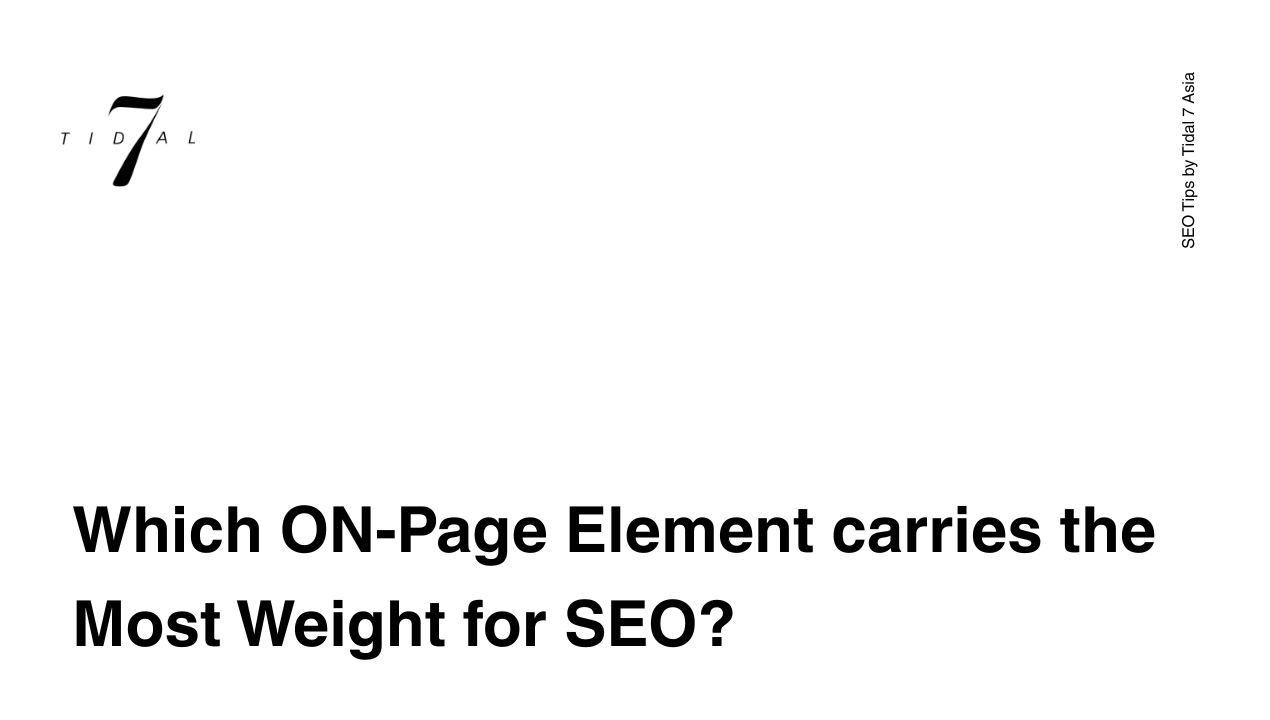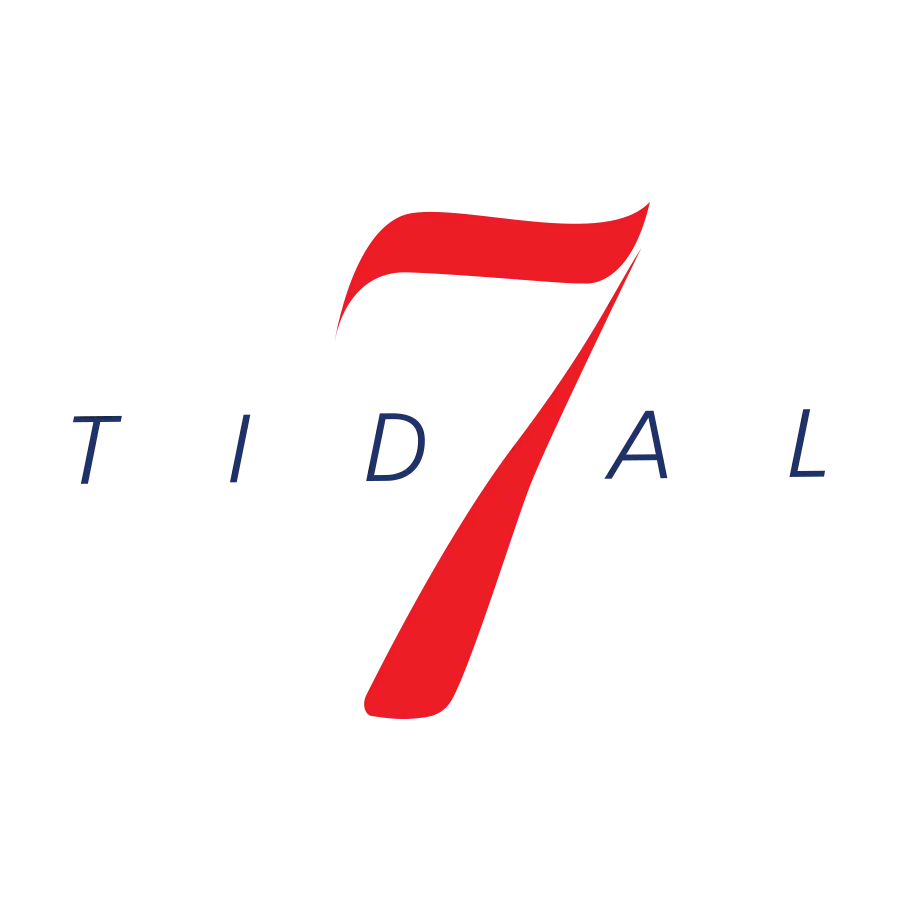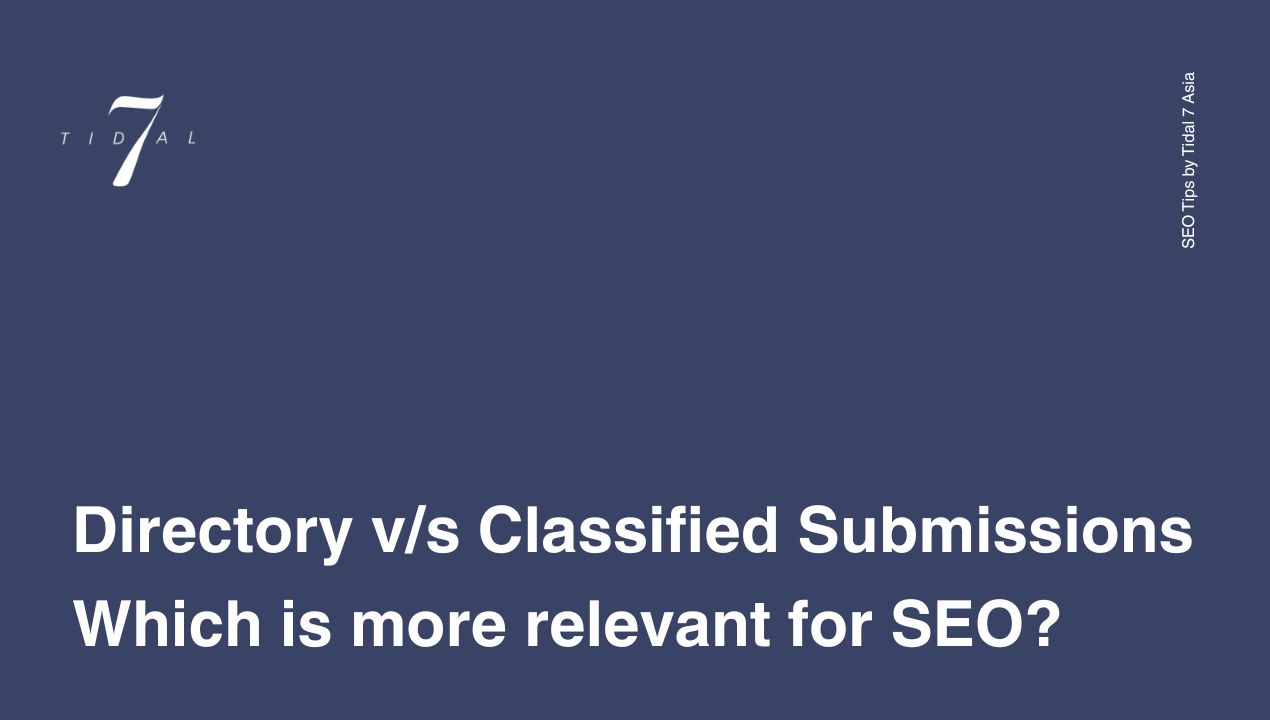
Which On-Page Element Carries the Most Weight for SEO? A Complete Breakdown
Which On-Page Element Carries the Most Weight for SEO?
Search engine optimization (SEO) is both an art and a science. With hundreds of ranking factors, it’s easy to feel overwhelmed by where to focus your efforts. But here’s a fundamental question that can make a real difference: which on-page element carries the most weight for SEO?
Whether you’re a beginner building your first website or a seasoned marketer trying to squeeze more organic traffic from your content, understanding this question can help you rank faster, more efficiently, and with less guesswork.
Understanding On-Page SEO: The Building Blocks
Before diving into the most important element, it’s essential to understand what on-page SEO really involves.
On-page SEO refers to the actions you take within your website to help search engines understand and rank your content. This includes:
- Title tags
- Meta descriptions
- Headings (H1, H2, etc.)
- Internal linking
- Image optimization
- Keyword usage
- Content quality
- URL structure
- Mobile responsiveness
These elements collectively tell search engines what your page is about, who it’s for, and how useful it is.
But not all elements carry equal weight.
So, Which On-Page Element Carries the Most Weight for SEO?
Answer: The Title Tag.
Out of all the on-page elements, the title tag (also called the SEO title or meta title) carries the most significant weight in influencing search engine rankings.
Why?
Because search engines like Google use the title tag as a primary signal to determine the topic and intent of the page. It also influences click-through rates (CTR) because it’s usually what appears as the blue clickable headline in search results.
Let’s explore why this small but mighty tag is so critical.
Why the Title Tag Is So Important
1. It’s the First Thing Google Sees
When Googlebot crawls a page, the title tag is one of the first elements it encounters. It sets the tone for how the rest of your page is understood.
2. It Directly Affects Rankings
Google has confirmed that the title tag plays a role in rankings. When optimized properly — with relevant keywords and user intent in mind — it can help a page surface higher in search results.
3. It Boosts Click-Through Rate (CTR)
Even if your page is ranked on the first page, it’s the title that convinces users to click. A well-crafted title tag with emotional triggers or value-driven language can significantly increase traffic, even without a ranking boost.
How to Optimize Your Title Tag for Maximum SEO Impact
Optimizing the title tag isn’t just about stuffing it with keywords. It’s a balance between clarity, conciseness, and user interest.
Here are best practices to follow:
✅ Keep It Under 60 Characters
Google typically displays the first 50–60 characters of a title. Longer titles might get cut off, losing impact.
✅ Use Your Primary Keyword Naturally
Place your target keyword near the beginning of the title if possible. For example: “Which On-Page Element Carries the Most Weight for SEO?”
✅ Make It Compelling
Include power words or a clear benefit to the user. Think of your title as your elevator pitch.
✅ Match Search Intent
Know what the user is looking for and make sure your title aligns with their expectations.
Other Crucial On-Page Elements (And How They Compare)
While the title tag carries the most weight, other on-page elements play supporting — yet still vital — roles in your SEO strategy.
1. H1 Tags
Your H1 is the headline of the actual content. It tells readers (and search engines) what the page is about. While important, it often carries slightly less weight than the title tag because Google assumes they’ll be similar.
2. Meta Description
Contrary to popular belief, meta descriptions do not directly influence rankings. But they do influence CTR — and higher CTR can lead to better rankings over time.
3. Content Quality and Relevance
Ultimately, the meat of your SEO is the content itself. Google rewards pages that thoroughly satisfy user intent, provide helpful answers, and include relevant keywords naturally throughout the copy.
4. URL Structure
A clean, keyword-rich URL (like /on-page-seo-elements) helps Google and users understand what your page is about.
5. Internal Links
These distribute page authority across your site and help search engines crawl your content more efficiently.
Common Mistakes to Avoid with On-Page SEO
Even if you know which element carries the most weight, small mistakes can undo your progress.
Here are some common pitfalls:
- Keyword Stuffing: Don’t over-optimize your title with multiple keywords jammed together.
- Duplicate Titles: Each page should have a unique title tag.
- Missing Title Tags: Always check that every page — even archived or product pages — has a properly set title.
- Ignoring Mobile View: Titles that look good on desktop might get cut off on mobile. Test across devices.
A Final Word on SEO Priorities
SEO isn’t just about ticking boxes — it’s about creating a user-first experience that also speaks the language of search engines. While the title tag carries the most weight for SEO, it works best when the rest of your on-page elements support it.
Think of it like a movie trailer. A great title gets people in the door. But once they’re in, the story (your content) has to deliver.
So, if you’re optimizing your site and wondering where to start, begin with the title tag. It’s small, powerful, and often the difference between being found and being forgotten.




